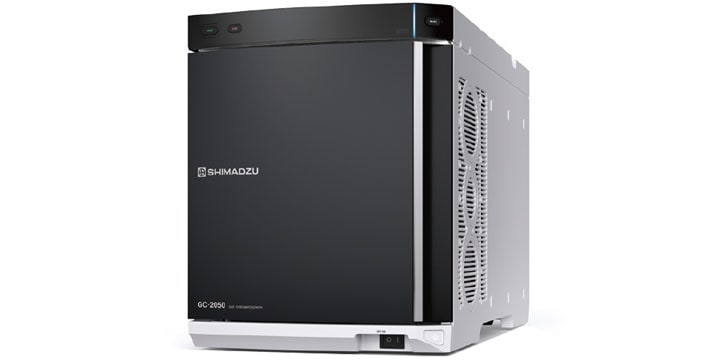
Brevis™ GC-2050
- Quantitation of diacetyl and 2,3-pentanedione at ppb levels using an ECD detector without any pre-processing can be performed. - The only gas required for the analysis is nitrogen (N2). - By using the compact design of the Brevis GC-2050, it is possible to achieve high-performance analysis in a space-saving manner.
There are off-flavors in beer, namely diacetyl and 2,3-pentanedione (collectively known as vicinal diketones or VDKs). VDKs are primarily generated during the early stages of fermentation, and when present above a certain threshold, it imparts a butterscotch-like aroma to the beer. By allowing the beer to undergo a maturation process after fermentation, the VDK levels can be reduced to a certain threshold, effectively removing the off-flavors associated with this component.1) This process is known as diacetyl rest. In this study, the changes in VDK levels before and after dry hopping (DH), a process commonly used in craft beer production where hops are added after fermentation, were investigated using a nitrogen carrier gas. The evolution of VDK levels during the maturation process was also investigated. Furthermore, an analysis of VDKs in commercially available beers was also conducted, and the results are presented.
May 21, 2024 GMT
Some products may be updated to newer models